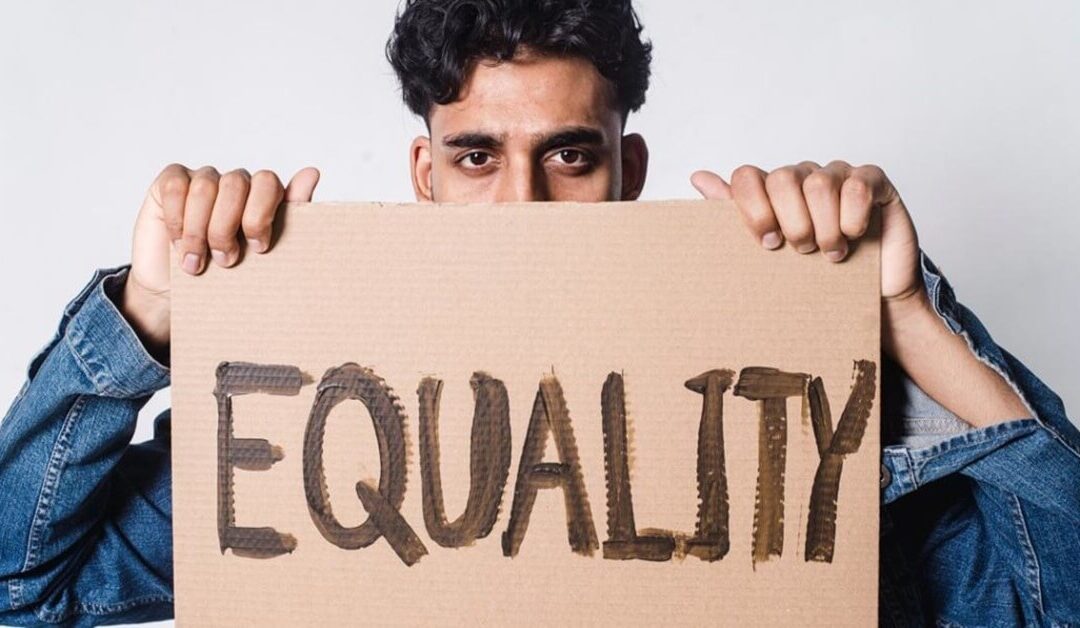Introduction:
Equality is a key pillar in shaping fair societies and democratic governments. Over time, political scientists and scholars have classified equality into various types to address the diverse ways people interact within societal structures. H.J. Lasky, in his book A Grammar of Politics, divides equality into political and economic aspects. Similarly, Ernest Barker talks about legal and social equality, while Lord Brace identifies civil, political, and social equality. Below is a deep dive into the different forms of equality and how they influence society today.
1. Natural Equality
Natural equality emphasizes that “nature has created every person equal.” All resources that nature provides—air, water, sunlight—are shared equally by all people. While there are certain natural differences among individuals, such as physical strength or intellectual capacity, these do not justify the inequality that arises in social life. Human-made inequalities, such as those based on wealth or status, are a deviation from the natural state of equality. The aim of natural equality is to ensure that inequalities inherent in nature do not lead to inequality in other respects, like rights or opportunities.
While it acknowledges that people are born with different capabilities, the core of natural equality is to ensure that these differences do not translate into social or economic disadvantages. The goal is to minimize man-made disparities while accepting natural differences.
2. Civil Equality
Civil equality is the principle that every individual in the state has the same legal rights and is subject to the same duties and liberties under the law. It promotes the idea that all citizens, regardless of their caste, creed, wealth, or gender, should have equal opportunities to succeed. In a truly equal society, the law should not serve the interests of a particular class or group, but should be fair and impartial to all.
Civil equality is a foundation of modern democracy. Without it, freedom and justice for all would not be possible. For instance, in democratic countries, citizens have the right to challenge unjust laws in court. Civil equality also ensures that those who break the law are held accountable, regardless of their social or economic status.
3. Political Equality
Political equality ensures that all citizens have equal political rights and an equal share in government. In democratic systems, the idea is that all people, regardless of their backgrounds, have the right to vote, run for office, and participate in political processes. Aristotle famously said that the denial of political equality leads to revolution, which is why most democracies today prioritize this form of equality.
In India, political equality was enshrined in the Constitution in 1950, granting every adult citizen the right to vote and contest elections. These rights are crucial for a functioning democracy, as they allow individuals to have a say in the policies and leaders that govern them.
4. Economic Equality
Economic equality focuses on eliminating the vast economic disparity between the rich and the poor. It does not imply that every person should earn the same income or have the same wealth, but that everyone should have enough resources to meet their basic needs. Economic equality aims to bridge the gap between different classes, ensuring fair wages, reducing poverty, and preventing economic exploitation.
The philosopher Karl Marx discussed economic inequality extensively in Das Kapital, where he emphasized that the economic gap between classes leads to exploitation. Governments, like that of India, have taken steps to address economic inequality through various measures, such as progressive taxation and labor laws. These efforts are designed to provide workers with better rights and ensure that wealth is more equitably distributed.
5. Social Equality
Social equality means that all citizens are treated equally in terms of status, rights, and opportunities, irrespective of their social standing. This form of equality is important because social divisions based on caste, race, gender, or class often lead to discrimination. Social equality seeks to ensure that every individual, regardless of their background, has the opportunity to contribute to society and achieve their potential.
In India, for example, the practice of untouchability was abolished through legislative action. Similarly, apartheid was dismantled in South Africa, bringing about social equality for the black population. However, despite these achievements, social inequality still exists in many rural parts of India due to entrenched societal norms.
6. Statutory Equality
Statutory equality refers to legal equality, meaning that everyone is equal in the eyes of the law. This principle emphasizes that the law should apply equally to all citizens, regardless of their social or economic status. Statutory equality emerged as a demand to eliminate special privileges that were once reserved for the aristocracy and wealthy landowners in many societies.
While the law ideally treats everyone equally, statutory equality also recognizes that different cases might require different treatments. Aristotle pointed out that treating unequals equally could be unjust. This principle is applied today, ensuring that while laws provide general protections and rights, they also allow for nuance and context in specific situations. Courts and judges play a crucial role in ensuring that justice is served fairly and equitably.
Conclusion
Equality is multi-dimensional, encompassing natural, civil, political, economic, social, and statutory aspects. While modern societies have made significant progress in ensuring equality, challenges remain. Overcoming these challenges requires not just legal and policy changes but also a shift in mindset and societal attitudes. Through continued efforts, equality in all its forms can be strengthened, creating a more just and inclusive world for everyone.

